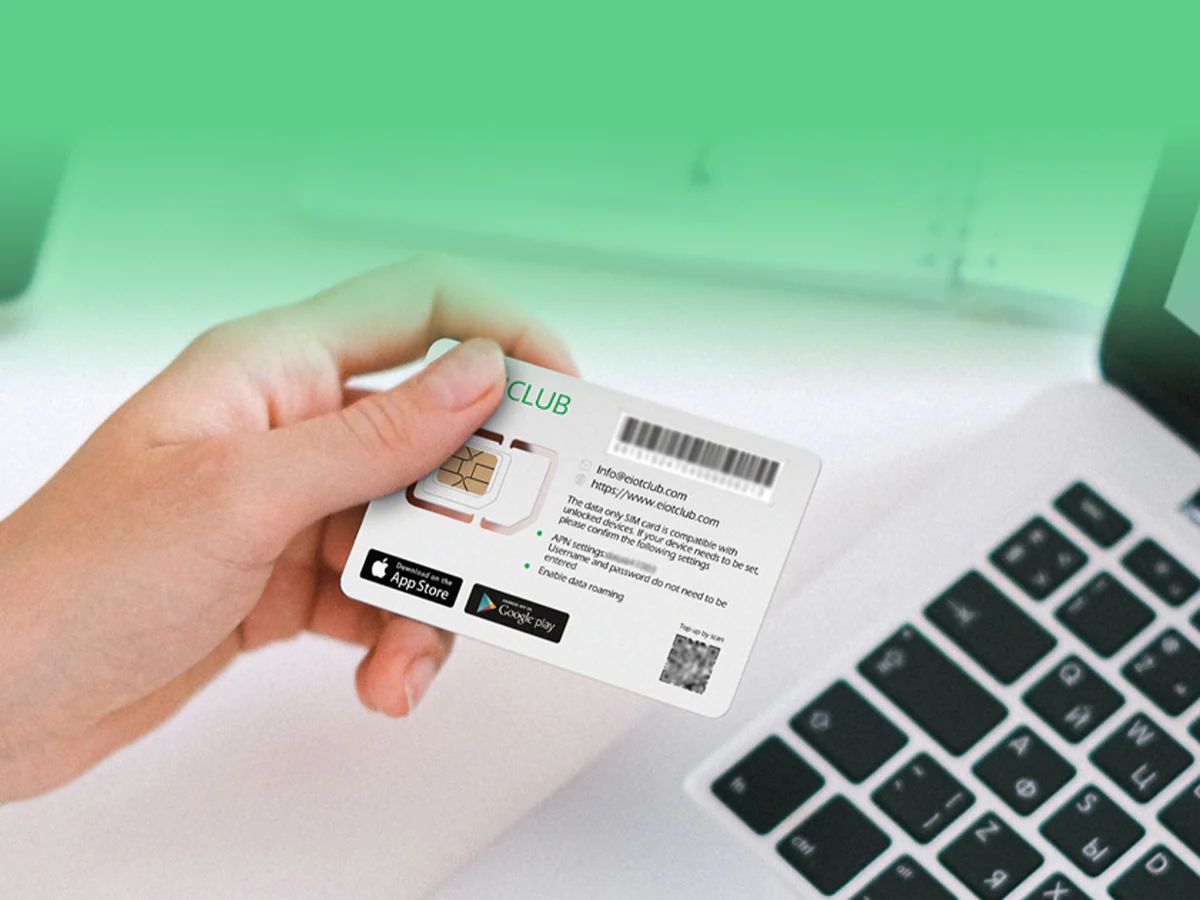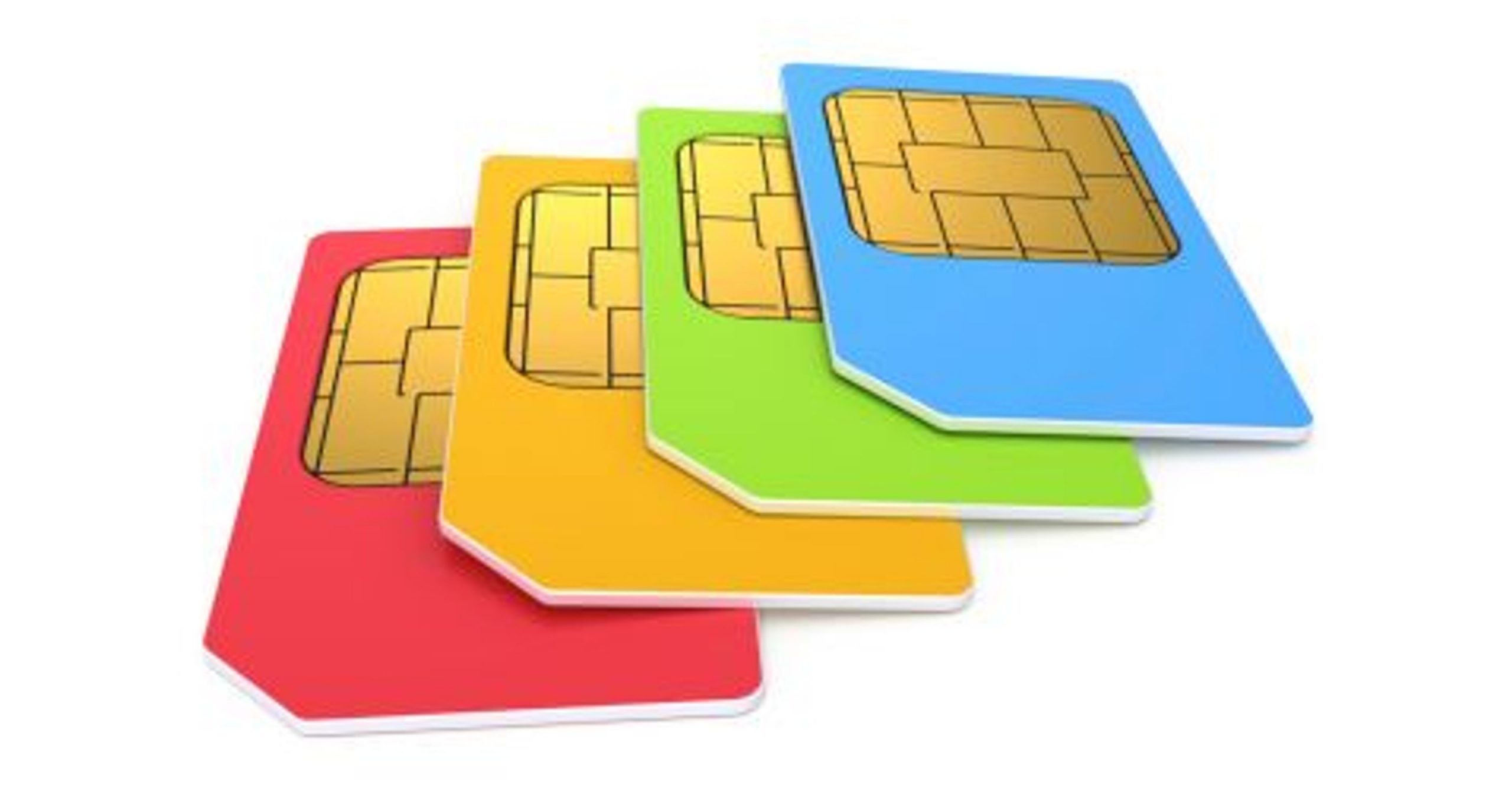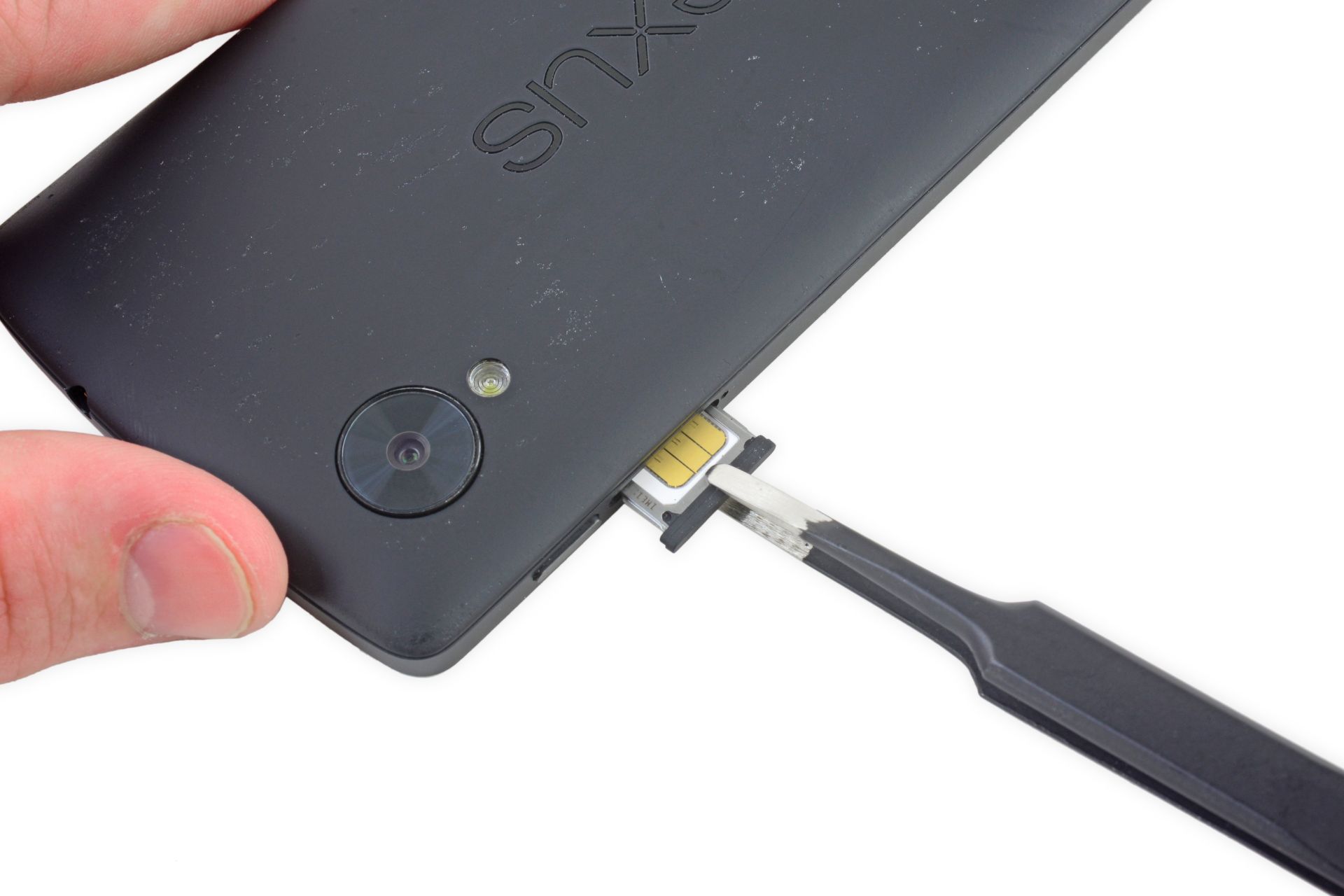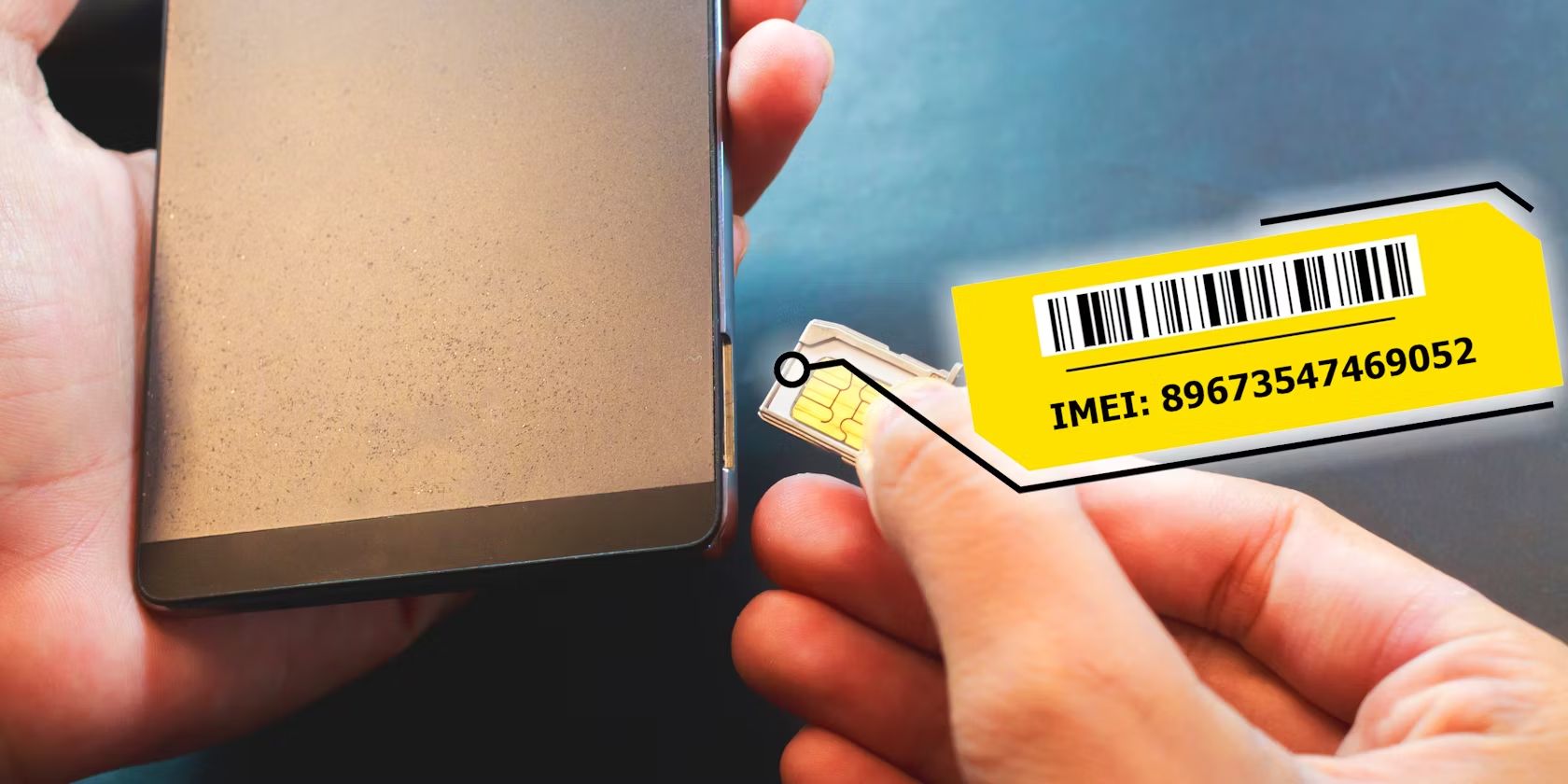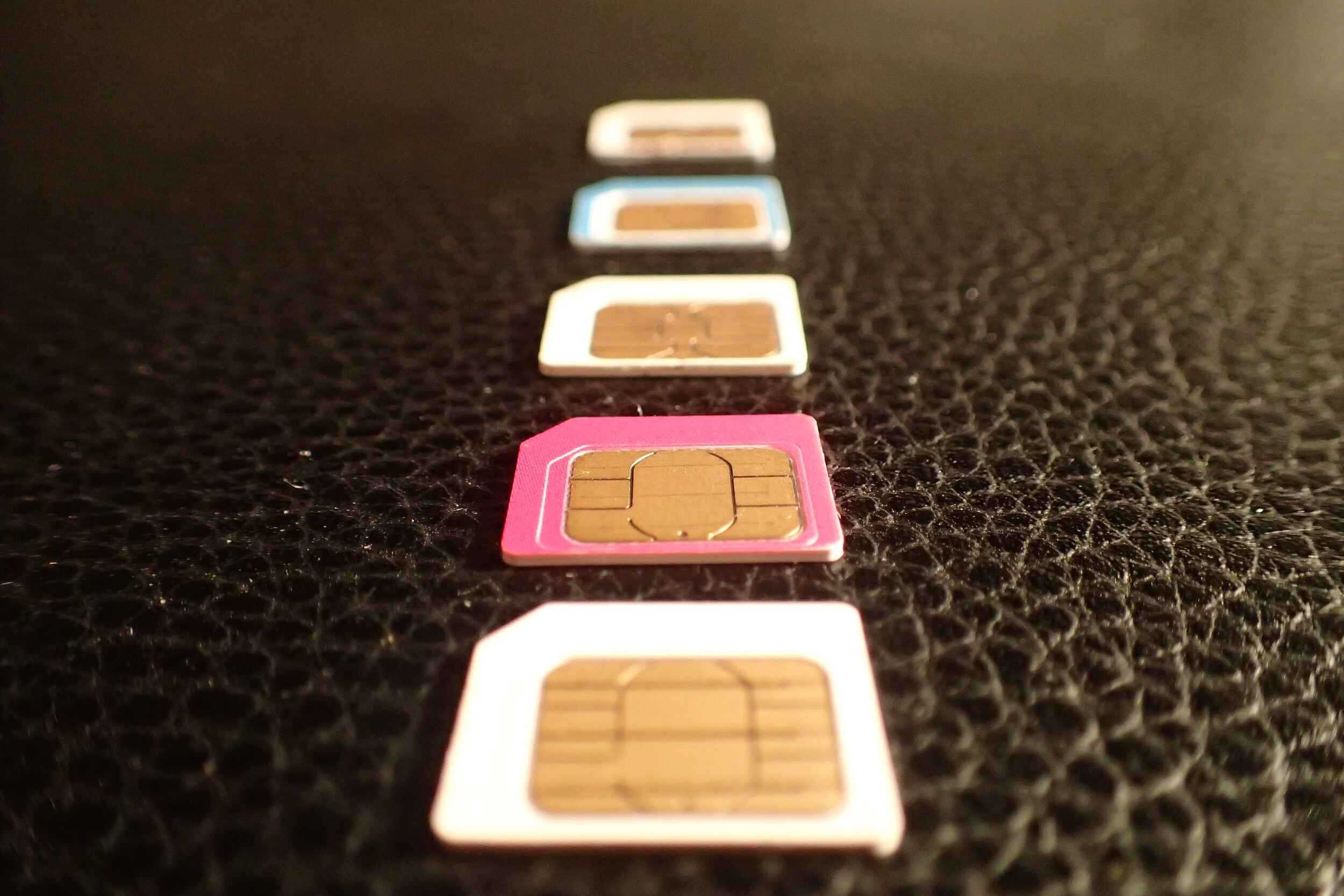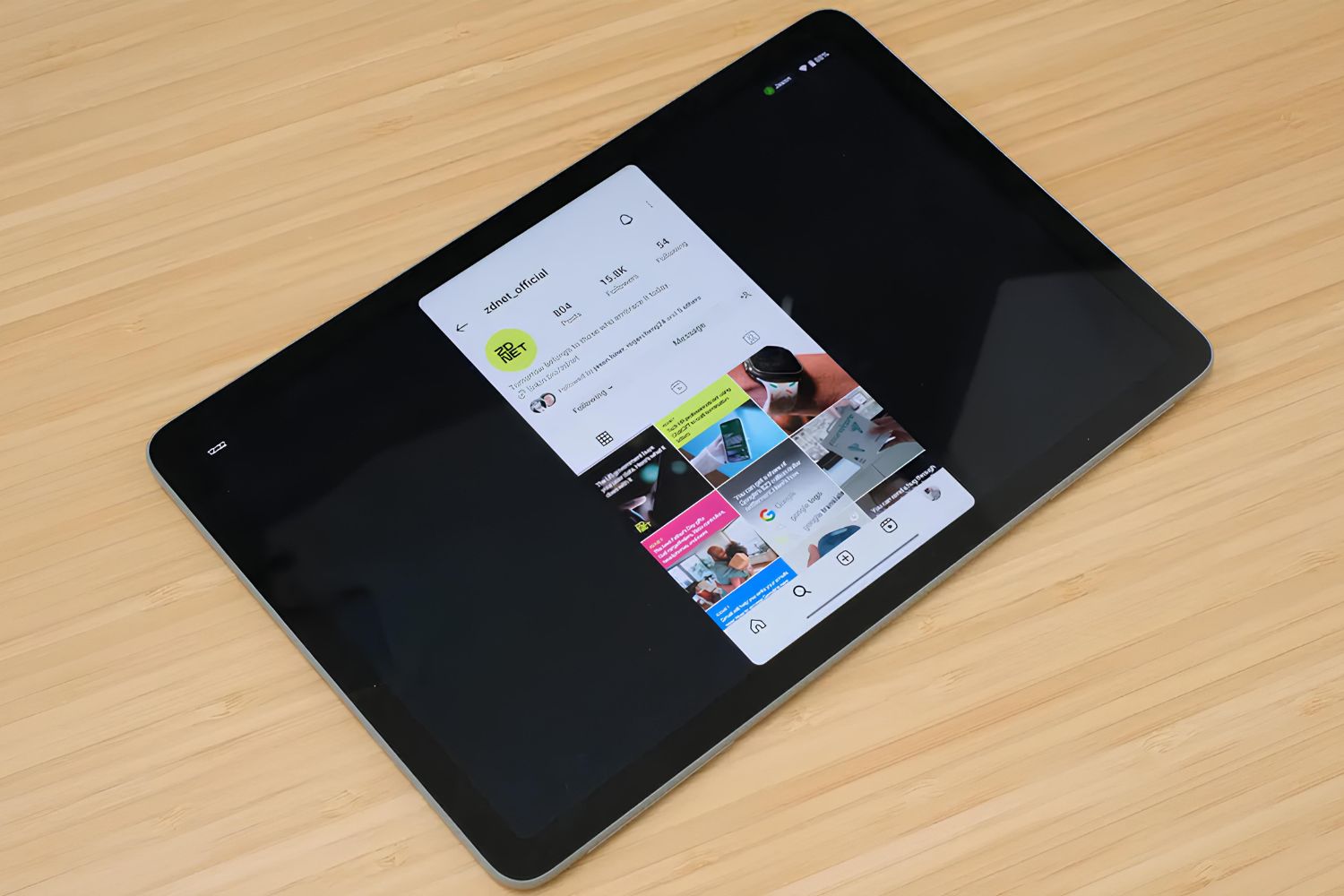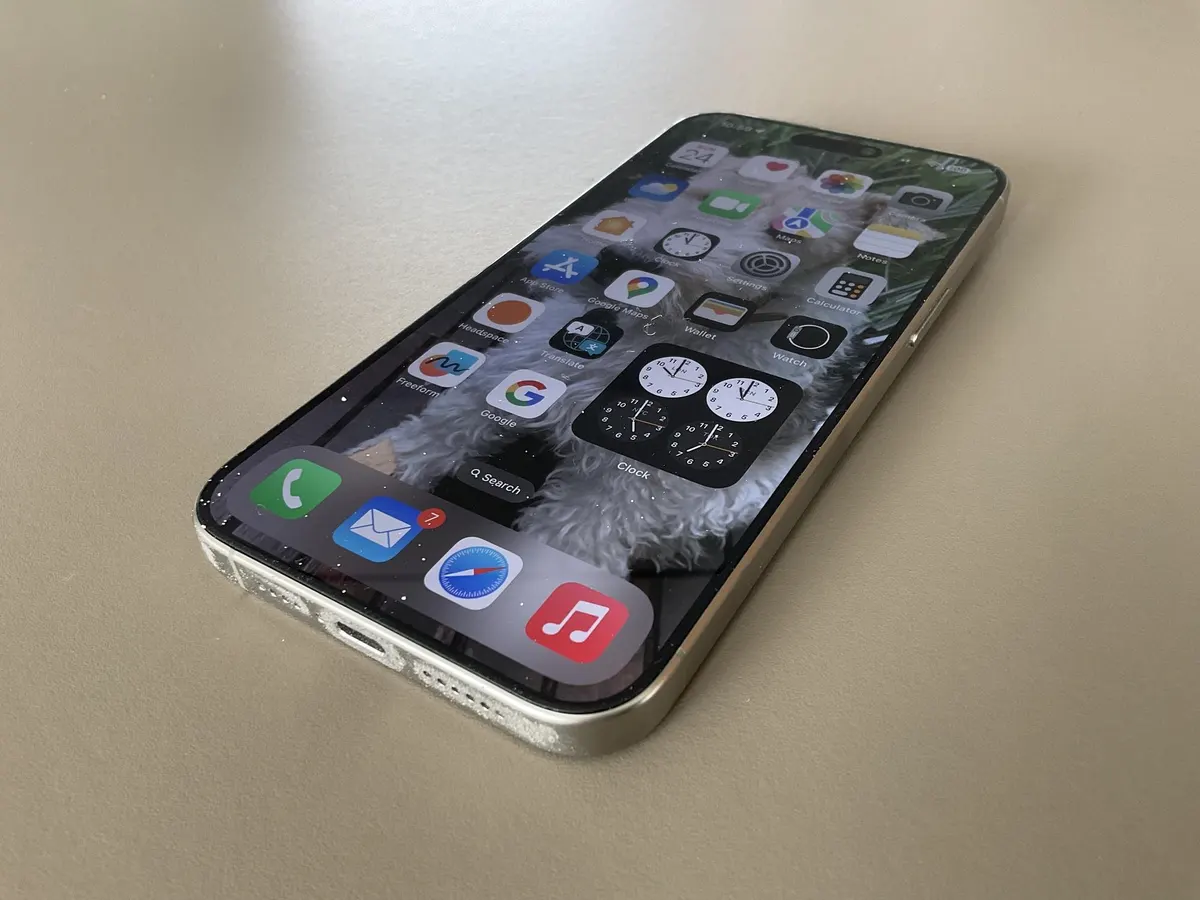Introduction
In today's digital age, the ubiquitous presence of mobile devices has revolutionized the way we communicate, work, and navigate the world. At the heart of this technological marvel lies the SIM card, a small but powerful component that enables our devices to connect to cellular networks and access a myriad of services. However, the convenience and connectivity offered by SIM cards also raise concerns about privacy and security, particularly in relation to tracking.
The concept of tracking a SIM card has garnered significant attention in recent years, sparking debates about its implications for personal privacy, law enforcement, and national security. Understanding the mechanisms and implications of SIM card tracking is crucial for individuals, businesses, and policymakers alike. From the technical intricacies of how it works to the legal considerations and practical methods for safeguarding privacy, there is a wealth of information to explore.
In this comprehensive guide, we will delve into the intricacies of SIM card tracking, shedding light on its mechanisms, legal implications, reasons for tracking, methods employed, and measures to protect against unwarranted tracking. By the end of this journey, you will gain a deeper understanding of the complex landscape surrounding SIM card tracking and be equipped with the knowledge to navigate this digital terrain with confidence.
Join us as we embark on a captivating exploration of SIM card tracking, unraveling its mysteries and unveiling the practical insights that will empower you to make informed decisions in an increasingly interconnected world.
How SIM Card Tracking Works
SIM card tracking involves the process of locating a mobile device by identifying the unique SIM card it uses to connect to a cellular network. This intricate mechanism relies on the integration of various technologies and protocols to pinpoint the geographical position of a device, thereby enabling real-time tracking and monitoring. Understanding the fundamental principles underlying SIM card tracking is essential for grasping its implications and potential applications.
The primary method for tracking a SIM card involves leveraging the Global System for Mobile Communications (GSM) network, which serves as the backbone of cellular communication worldwide. Each SIM card is associated with a unique International Mobile Subscriber Identity (IMSI) and a Mobile Subscriber Integrated Services Digital Network Number (MSISDN), which are essential for establishing connections and identifying devices within the network.
When a mobile device equipped with a SIM card communicates with cellular base stations, it transmits signals that contain critical information, including the IMSI and MSISDN. This data is intercepted and processed by cellular towers, allowing the network to identify the device's location based on its proximity to specific base stations. By triangulating the signals received from multiple towers, the network can accurately determine the device's whereabouts, facilitating precise tracking capabilities.
In addition to GSM-based tracking, modern mobile devices incorporate Global Positioning System (GPS) technology, enabling more advanced and accurate location tracking. When GPS is enabled, the device utilizes satellite signals to determine its precise geographic coordinates, which can be relayed to authorized parties for monitoring and tracking purposes. This fusion of GSM and GPS technologies enhances the effectiveness of SIM card tracking, offering unparalleled precision and reliability.
Moreover, the emergence of advanced software and applications has further augmented the capabilities of SIM card tracking. Mobile operating systems and third-party applications can access location data from SIM-equipped devices, providing users with functionalities such as location sharing, geofencing, and real-time tracking. While these features offer convenience and utility, they also raise pertinent concerns regarding data privacy and security.
In essence, SIM card tracking operates at the intersection of telecommunications, location-based services, and information technology, harnessing a diverse array of technologies to enable seamless and pervasive tracking capabilities. By comprehending the intricacies of how SIM card tracking works, individuals and organizations can navigate the evolving landscape of digital connectivity while safeguarding their privacy and security.
Legal Implications of Tracking a SIM Card
The practice of tracking a SIM card raises a myriad of legal considerations that intersect with privacy rights, law enforcement protocols, and regulatory frameworks. As the capabilities for SIM card tracking continue to evolve, it is imperative to grasp the legal implications associated with this pervasive technology.
From a privacy standpoint, the tracking of SIM cards implicates fundamental rights to personal autonomy and data protection. Individuals have a legitimate expectation of privacy regarding their movements and activities, and the utilization of SIM card tracking to monitor their location and behavior can encroach upon these rights. Consequently, legal jurisdictions worldwide have enacted laws and regulations to govern the permissible use of location tracking technologies, imposing strict requirements for obtaining consent, ensuring transparency, and safeguarding data integrity.
In the realm of law enforcement and national security, the ability to track SIM cards plays a pivotal role in investigations, surveillance, and emergency response efforts. However, the exercise of these powers must be balanced with legal safeguards to prevent abuse and protect civil liberties. Legal frameworks often prescribe the conditions under which law enforcement agencies can conduct SIM card tracking, imposing stringent oversight, accountability measures, and judicial authorization requirements to mitigate the risk of unwarranted intrusion.
Moreover, the cross-border implications of SIM card tracking necessitate harmonized legal mechanisms to address jurisdictional challenges and international cooperation. As mobile devices traverse geographical boundaries, the legal frameworks governing SIM card tracking must navigate the complexities of territorial sovereignty, mutual legal assistance treaties, and data protection laws. This intricate web of legal considerations underscores the need for robust international cooperation and legal harmonization to address the global dimensions of SIM card tracking.
In essence, the legal implications of tracking a SIM card encompass a multifaceted landscape that intersects privacy rights, law enforcement prerogatives, and international legal cooperation. By navigating this terrain with a nuanced understanding of the legal frameworks at play, individuals, businesses, and policymakers can forge a path that upholds fundamental rights, fosters public safety, and ensures compliance with legal obligations.
Reasons for Tracking a SIM Card
Tracking a SIM card serves a multitude of purposes that span diverse realms, encompassing personal, commercial, and societal imperatives. Understanding the motivations behind SIM card tracking is essential for unraveling its practical applications and implications. Here are the key reasons for tracking a SIM card:
-
Location-Based Services: The proliferation of location-based services, such as mapping, navigation, and geotagging, hinges on the ability to track SIM cards. By pinpointing the geographic coordinates of mobile devices, these services deliver tailored and contextually relevant information to users, enhancing their overall experience and utility.
-
Emergency Response and Public Safety: SIM card tracking plays a pivotal role in emergency response scenarios, enabling rapid and precise localization of individuals in distress. From medical emergencies to natural disasters, the ability to track SIM cards empowers first responders and public safety agencies to deliver timely assistance and coordinate rescue efforts effectively.
-
Asset Tracking and Management: In the realm of business and logistics, tracking SIM cards facilitates the monitoring and management of valuable assets, including vehicles, equipment, and inventory. By integrating SIM card tracking with asset management systems, businesses can optimize operations, enhance security, and mitigate the risk of loss or theft.
-
Law Enforcement and Investigations: For law enforcement agencies, the ability to track SIM cards is instrumental in conducting criminal investigations, locating suspects, and gathering evidence. This capability serves as a crucial tool in combating crime, ensuring public safety, and holding perpetrators accountable within the bounds of legal and regulatory frameworks.
-
Family and Child Safety: From a personal perspective, tracking a SIM card can provide peace of mind to parents and guardians, enabling them to monitor the whereabouts of family members, especially children and elderly individuals. This application fosters familial security and facilitates swift intervention in case of emergencies or unforeseen circumstances.
-
Geofencing and Location-Based Marketing: Businesses leverage SIM card tracking to implement geofencing strategies, which involve creating virtual boundaries tied to specific geographic locations. This enables targeted marketing efforts, personalized promotions, and location-aware services, enriching the consumer experience and driving engagement.
By comprehending the diverse reasons for tracking a SIM card, individuals, businesses, and policymakers can navigate the ethical, legal, and practical dimensions of this technology, fostering responsible and informed utilization that balances the imperatives of privacy, security, and societal benefit.
Methods of Tracking a SIM Card
Tracking a SIM card encompasses a diverse array of methods and technologies that enable the precise localization and monitoring of mobile devices. These methods leverage a fusion of telecommunications, satellite navigation, and software-based solutions to achieve seamless and pervasive tracking capabilities. Understanding the intricacies of these methods is crucial for comprehending the technical landscape of SIM card tracking.
-
Cellular Network Triangulation: One of the primary methods for tracking a SIM card involves leveraging the Global System for Mobile Communications (GSM) network. When a mobile device communicates with cellular base stations, it transmits signals containing critical information, including the International Mobile Subscriber Identity (IMSI) and Mobile Subscriber Integrated Services Digital Network Number (MSISDN). By intercepting and processing these signals, cellular towers can triangulate the device's location based on its proximity to specific base stations, enabling accurate tracking capabilities.
-
Global Positioning System (GPS) Technology: Modern mobile devices integrate GPS technology, enabling advanced and precise location tracking. When GPS is enabled, the device utilizes satellite signals to determine its geographic coordinates, which can be relayed for monitoring and tracking purposes. This method enhances the accuracy and reliability of SIM card tracking, particularly in outdoor environments with clear line-of-sight to GPS satellites.
-
Location-Based Services and Applications: The proliferation of location-based services and applications has augmented the capabilities of SIM card tracking. Mobile operating systems and third-party applications can access location data from SIM-equipped devices, offering functionalities such as real-time tracking, geofencing, and location sharing. These applications leverage a combination of cellular network data and GPS information to provide seamless and user-friendly tracking experiences.
-
Cell ID-Based Tracking: In addition to triangulating signals from multiple cellular towers, SIM card tracking can utilize Cell ID-based methods to determine the approximate location of a device. By analyzing the unique identifiers of neighboring cellular base stations and their signal strengths, this method enables rough localization without relying solely on GPS or precise triangulation.
-
Wi-Fi and Bluetooth Positioning: Wi-Fi and Bluetooth signals emitted by mobile devices can also contribute to location tracking. By detecting and analyzing nearby Wi-Fi access points and Bluetooth devices, tracking systems can infer the device's location based on signal strength and proximity, particularly in indoor environments where GPS signals may be limited.
By comprehending the diverse methods of tracking a SIM card, individuals and organizations can navigate the evolving landscape of location-based technologies while considering the implications for privacy, security, and operational requirements. These methods underscore the intricate fusion of telecommunications and digital technologies that underpin the pervasive tracking capabilities of SIM cards.
Protecting Your SIM Card from Tracking
In an era characterized by pervasive digital connectivity, safeguarding the privacy and security of personal data has become increasingly paramount. As the capabilities for tracking SIM cards continue to evolve, individuals and organizations are seeking effective measures to protect against unwarranted tracking and monitoring. By understanding the methods and technologies employed for SIM card tracking, proactive steps can be taken to mitigate potential risks and enhance data privacy.
Encryption and Authentication
One of the fundamental strategies for protecting a SIM card from tracking involves leveraging robust encryption and authentication mechanisms. SIM cards are equipped with security features that authenticate their connection to cellular networks and encrypt communication channels. By ensuring that SIM cards adhere to the latest encryption standards and employ strong authentication protocols, the risk of unauthorized tracking and interception of communication signals can be significantly reduced.
Secure Device Configuration
Ensuring the security and integrity of the mobile devices that house SIM cards is essential for preventing unauthorized tracking. Implementing robust device configuration practices, such as enabling device encryption, utilizing secure lock screen mechanisms, and regularly updating software and security patches, fortifies the overall resilience of the device against potential tracking exploits. Additionally, enabling built-in privacy features offered by mobile operating systems, such as location permissions and app-specific access controls, enhances the control over location data and mitigates tracking risks.
Privacy-Conscious Usage
Practicing privacy-conscious usage of mobile devices and SIM cards is pivotal in minimizing the exposure to tracking vulnerabilities. This includes being discerning about granting location permissions to applications, disabling unnecessary location services, and scrutinizing the permissions requested by third-party applications. By empowering users to make informed decisions about sharing their location data and limiting its dissemination, the potential for unauthorized tracking can be curtailed.
Signal Interference and Masking
Exploring advanced techniques such as signal interference and masking can offer additional layers of protection against SIM card tracking. Signal jammers and radio frequency shielding technologies can disrupt the signals emitted by mobile devices, impeding tracking attempts in certain environments. However, it is important to note that the use of signal interference devices may be subject to legal restrictions and should be deployed in compliance with applicable regulations.
Legal and Regulatory Awareness
Remaining cognizant of the legal and regulatory frameworks governing SIM card tracking is essential for navigating the landscape of privacy and security. Understanding the permissible uses of tracking technologies, the obligations for obtaining consent, and the recourse available in the event of unauthorized tracking empowers individuals to assert their privacy rights and seek redress for potential infringements.
By embracing these proactive measures and cultivating a heightened awareness of the evolving landscape of SIM card tracking, individuals can fortify their defenses against unwarranted tracking and surveillance. Moreover, advocating for robust privacy protections and engaging in informed discourse about the ethical and legal dimensions of tracking technologies contributes to the collective endeavor of fostering a secure and privacy-respecting digital ecosystem.
Conclusion
In conclusion, the landscape of SIM card tracking presents a complex tapestry of technological capabilities, legal considerations, and practical implications that permeate our interconnected world. As we navigate this terrain, it becomes evident that the evolution of mobile devices and telecommunications technologies has ushered in a new era of connectivity and convenience, accompanied by profound questions about privacy, security, and ethical utilization.
The mechanisms of SIM card tracking, encompassing cellular network triangulation, GPS technology, and location-based services, underscore the seamless fusion of telecommunications and digital technologies that underpin the pervasive tracking capabilities of mobile devices. This convergence has empowered diverse applications, ranging from emergency response and asset management to location-based marketing and family safety, offering tangible benefits while necessitating a nuanced approach to privacy and security.
Moreover, the legal implications of SIM card tracking intersect with fundamental rights to privacy, law enforcement prerogatives, and international legal cooperation, necessitating a delicate balance that upholds civil liberties, fosters public safety, and ensures compliance with legal obligations. It is imperative to navigate this landscape with a nuanced understanding of the legal frameworks at play, empowering individuals, businesses, and policymakers to forge a path that harmonizes privacy rights, security imperatives, and societal benefit.
As we contemplate the reasons for tracking a SIM card, encompassing personal, commercial, and societal imperatives, it becomes apparent that the ethical, legal, and practical dimensions of this technology are intertwined with the imperatives of responsible utilization. By comprehending the diverse motivations for tracking a SIM card, stakeholders can navigate the ethical, legal, and practical dimensions of this technology, fostering responsible and informed utilization that balances the imperatives of privacy, security, and societal benefit.
Furthermore, the proactive measures for protecting SIM cards from unwarranted tracking, encompassing encryption, secure device configuration, privacy-conscious usage, signal interference, and legal and regulatory awareness, offer a holistic approach to fortifying defenses and advocating for robust privacy protections. By embracing these proactive measures and cultivating a heightened awareness of the evolving landscape of SIM card tracking, individuals can fortify their defenses against unwarranted tracking and surveillance, contributing to a secure and privacy-respecting digital ecosystem.
In essence, the exploration of SIM card tracking transcends mere technical intricacies, delving into the core of privacy, security, and ethical considerations that define our digital interactions. By navigating this landscape with a discerning eye and an informed perspective, we can harness the transformative potential of SIM card tracking while safeguarding the fundamental rights and values that underpin our interconnected world.








